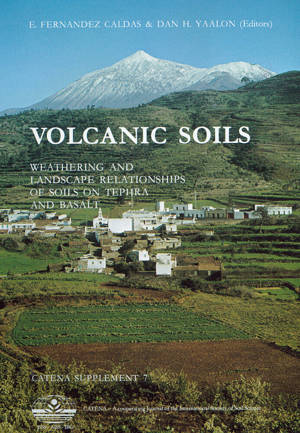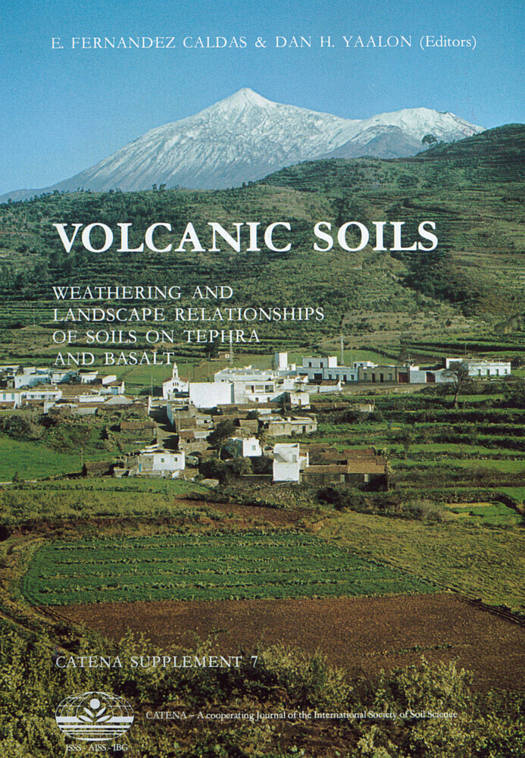
- Afhalen na 1 uur in een winkel met voorraad
- Gratis thuislevering in België vanaf € 30
- Ruim aanbod met 7 miljoen producten
- Afhalen na 1 uur in een winkel met voorraad
- Gratis thuislevering in België vanaf € 30
- Ruim aanbod met 7 miljoen producten
Zoeken
Volcanic Soils
Weathering and Landscape Relationships of Soils on Tephra and Basalt
€ 64,95
+ 129 punten
Omschrijving
Because volcanic soils are not a common occurrence in regions where pedology developed and progressed during its early stages, recognition of their specific properties made an impact only in the late forties. The name Ando soils, now recognized as a special Great Group in all comprehensive soil classification systems, was coined in 1947 during reconnaissance soil surveys in Japan made by American soil scientists. Subsequently a Meeting on the Classification and Correlation of Soils from Volcanic Ash, sponsored by FAO and UNESCO, was held in Tokyo, Japan, in 1964, in preparation for the Soil Map of the World. This was followed by meetings of a Panel on Volcanic Ash Soils in Latin America, Turrialba, Costa Rica, in 1969 and a second meeting in Pasto, Colombia, in 1972. At the International Conference on Soils with Variable Charge, Palmerston, New Zealand, 1981, the subject of Andosols was discussed intensively. Most recently the definitions of Andepts, as presented in the 1975 U.S. Soil Taxonomy, prompted the establishment of an International Committee on the Classification of Andisols (ICOMAND), chaired by M. Leamy from C.S.I.R., New Zealand, which held a number of international classification workshops, the latest in Chile and Ecuador, in January 1984. The continuous efforts to improve and revise the new classification of these soils is also reflected in some of the papers in this volume. While Andosols or Andisols formed on tephra (volcanic ash), essentially characterized by low bulk density (less than 0.9 g/cm3) and a surface complex dominated by active Al, cover worldwide an area of about 100 million hectares (0.8% of the total land area), the vast basaltic plateaus and their associated soils cover worldwide an even greater area, frequently with complex age and landscape relationships. While these soils do not generally belong to the ando group, their pedogenetic pathways are also strongly influenced by the nature and physical properties of the basalt rock. The papers in this volume cannot cover the wide variety of properties of the soils in all these areas, some of which have been reviewed at previous meetings. In this volume there is a certain emphasis on some of the less frequently studied environments and on methods of study and characterization as a means to advance the recognition and classification of these soils.
Specificaties
Betrokkenen
- Uitgeverij:
Inhoud
- Aantal bladzijden:
- 151
- Taal:
- Engels
- Reeks:
- Reeksnummer:
- nr. 7
Eigenschappen
- Productcode (EAN):
- 9783510653485
- Uitvoering:
- Paperback
- Afmetingen:
- 170 mm x 240 mm
- Gewicht:
- 400 g

Alleen bij Standaard Boekhandel
+ 129 punten op je klantenkaart van Standaard Boekhandel
Beoordelingen
We publiceren alleen reviews die voldoen aan de voorwaarden voor reviews. Bekijk onze voorwaarden voor reviews.







